Concrete Repair and Restoration
Competitive Pricing
Fully Licensed, Bonded, and Insured
45+ Years of Experience
Hours:
Request Estimate
Hero Request Form
Thank you for contacting us.
We will get back to you as soon as possible
Please try again later
Revitalize Your Property With Expert Concrete Repair
Technical Specialty Systems, a locally owned and veteran-operated business, is your trusted partner for all your concrete repair needs. With over 45 years of experience in masonry and concrete restoration, we are committed to providing excellent service that meets and exceeds your expectations.
Don't let damaged concrete tarnish the look of your property. Call us today.
Why Choose Our Concrete Repair Services?
- Comprehensive concrete repair and restoration
- Expert masonry and concrete resurfacing
- Professional resealing to protect your concrete surfaces
- Effective epoxy patching
- Durable repairs
- Specialized concrete façade repair
Our services are designed to enhance the longevity and aesthetic appeal of your property. Contact Technical Specialty Systems for a concrete solution tailored to your needs.
What Makes Us the Ideal Choice for Concrete Repairs?
Our reputation is built on more than four decades of providing high-quality concrete repair solutions. As a locally and veteran-owned and -operated business, we understand the unique needs of Cedar Rapids, IA and the surrounding areas.
We are fully licensed, bonded, and insured, offering you peace of mind with every project. Our competitive pricing ensures you receive excellent value for your investment. Plus, we respond to calls and emails the same business day, ensuring your needs are addressed promptly.
Don't wait, reach out to us today.
Get in Touch for Expert Concrete Repair
Ready to revitalize your property with expert concrete repair? Contact Technical Specialty Systems today. Whether you need comprehensive restoration, professional resurfacing, or effective epoxy patching, we are here to serve you.
Don't let damaged concrete diminish the value of your property. You'll enjoy working with a trusted local business like ours.
Kingston Stadium Gallery
North Round Concrete Reservoir Restoration Gallery
-
Nature's Symphony
Breathtaking colors of our planetButton
Mount Mercy University Concrete Repair Gallery
Cargill Concrete Silo Restoration
Allen Hazen Concrete Water Town Restoration
Reviews
Competitive Concrete Repair Prices
Call for service today!
(319) 363-9035
Related Masonry Repair and Restoration Services
Learn More About
Technical Specialty Systems
Serving the Cedar Rapids, IA area, Technical Specialty Systems specializes in tuckpointing, concrete repair, waterproofing, and epoxy injections. Fully licensed, bonded, and insured. Competitive pricing. 45+ years of experience. Call for service today.
service Area
Cedar Rapids, IA
and surrounding areas
Business Hours
- Mon - Fri
- -
- Sat - Sun
- Closed
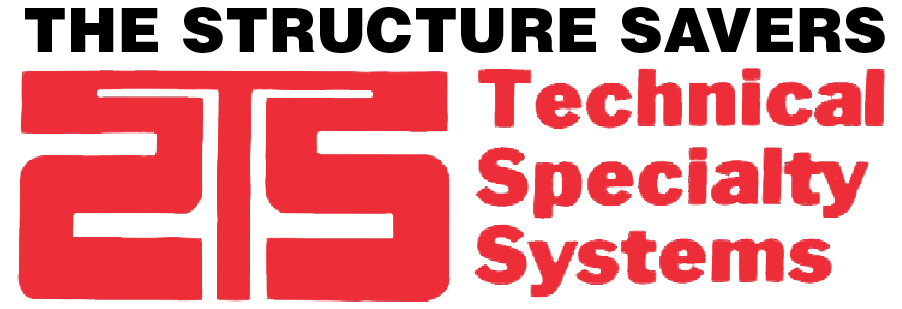

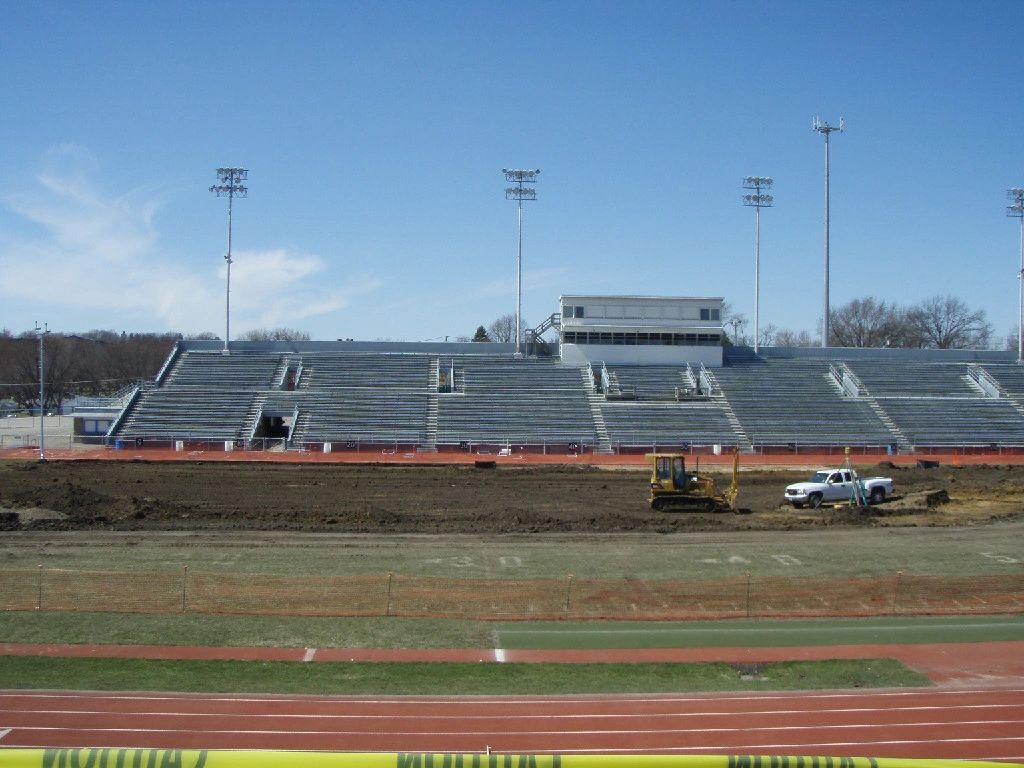
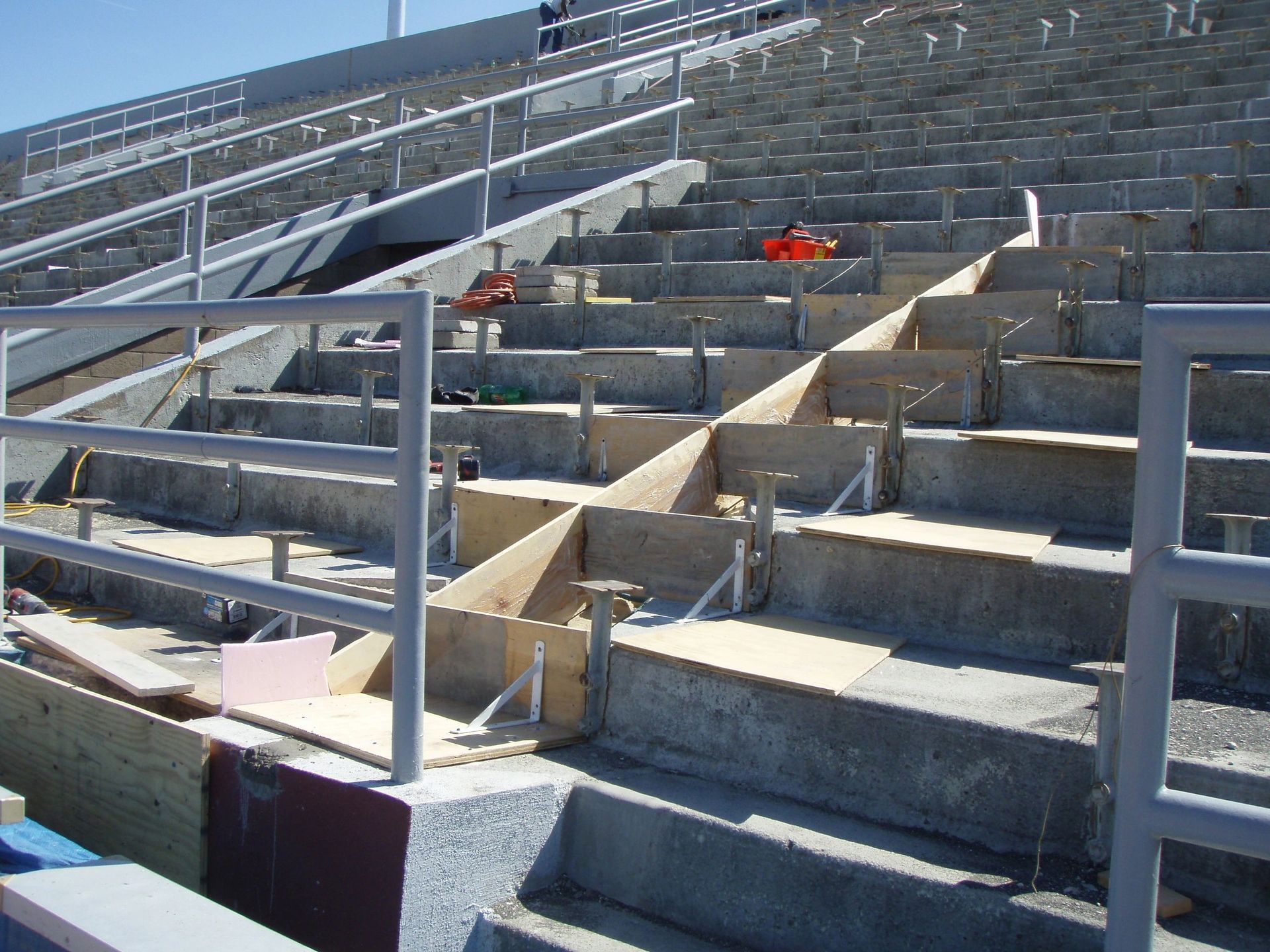
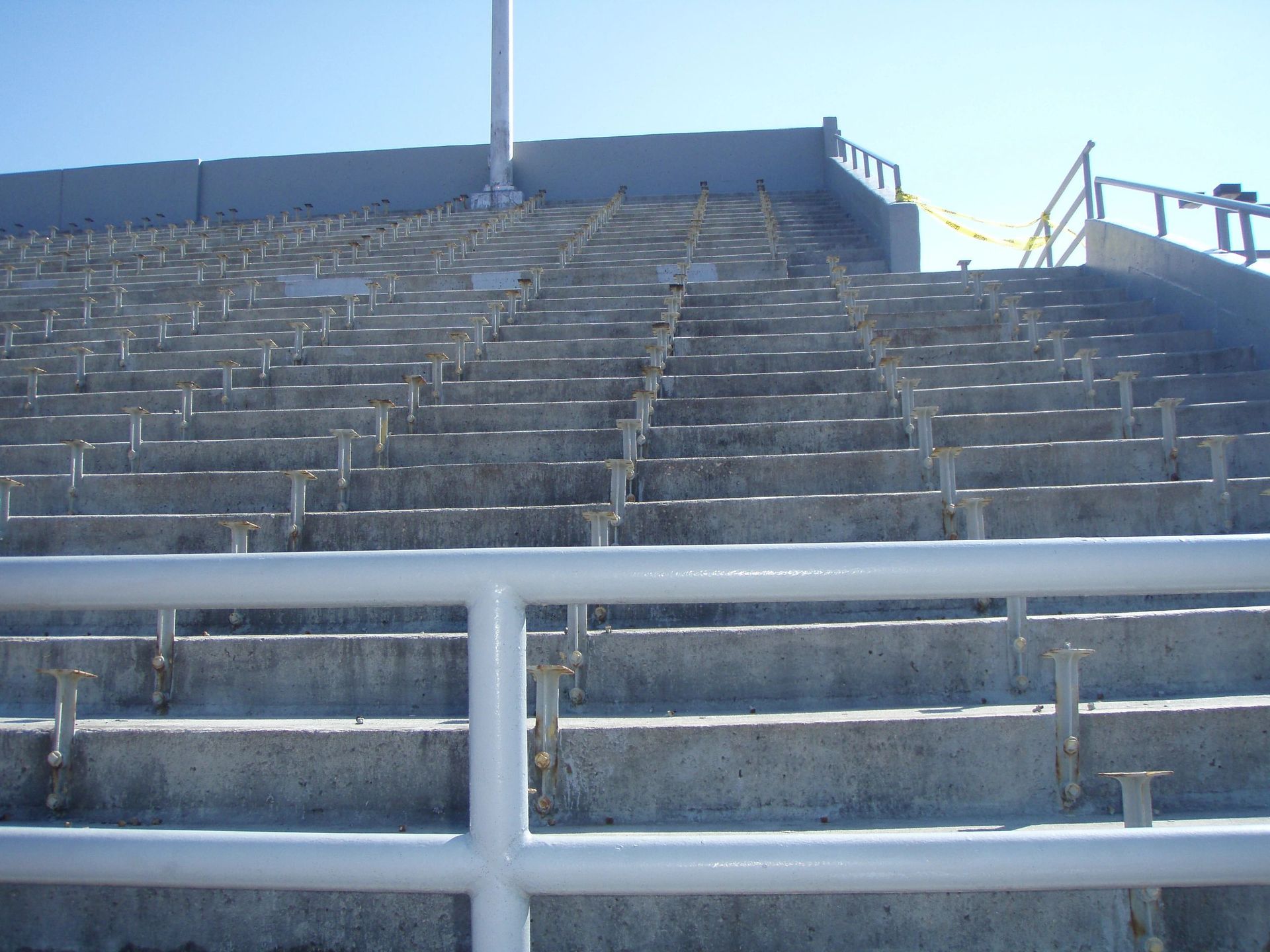
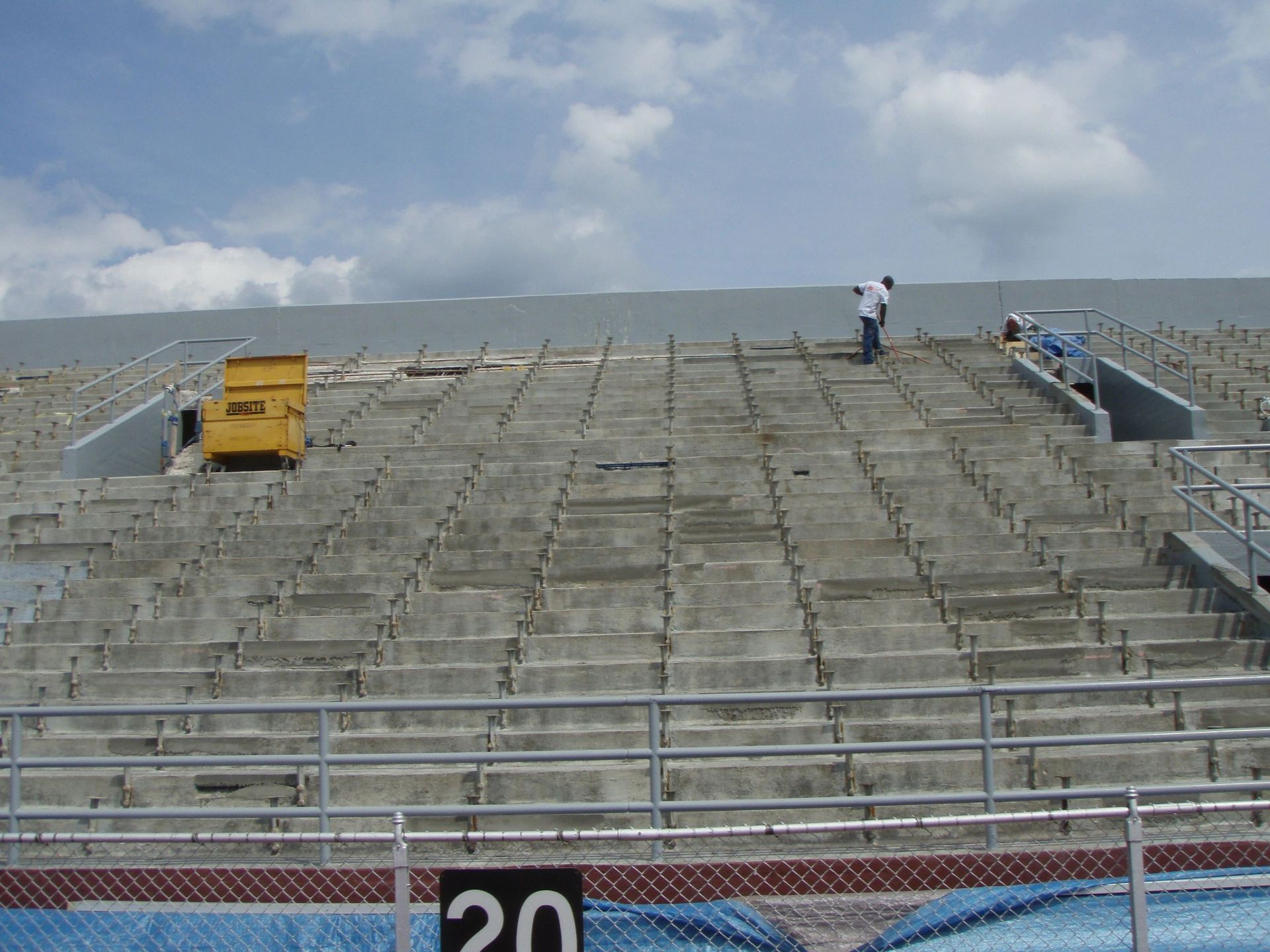
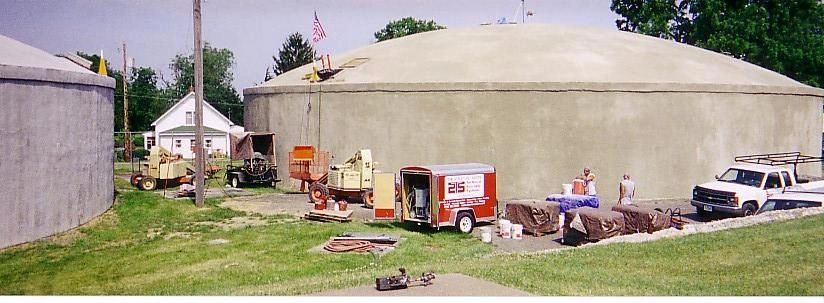
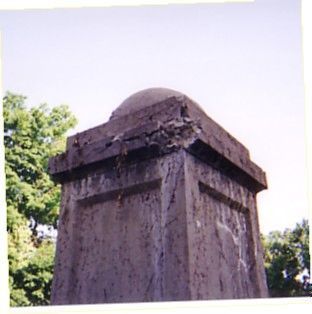
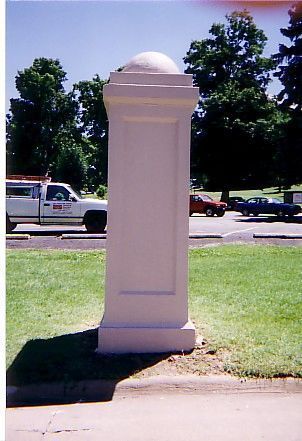
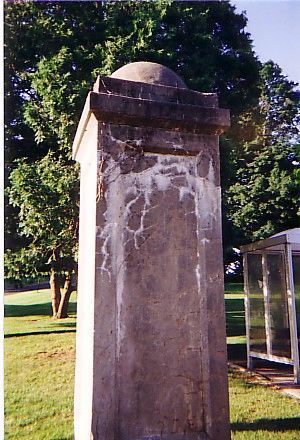
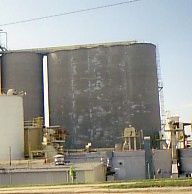
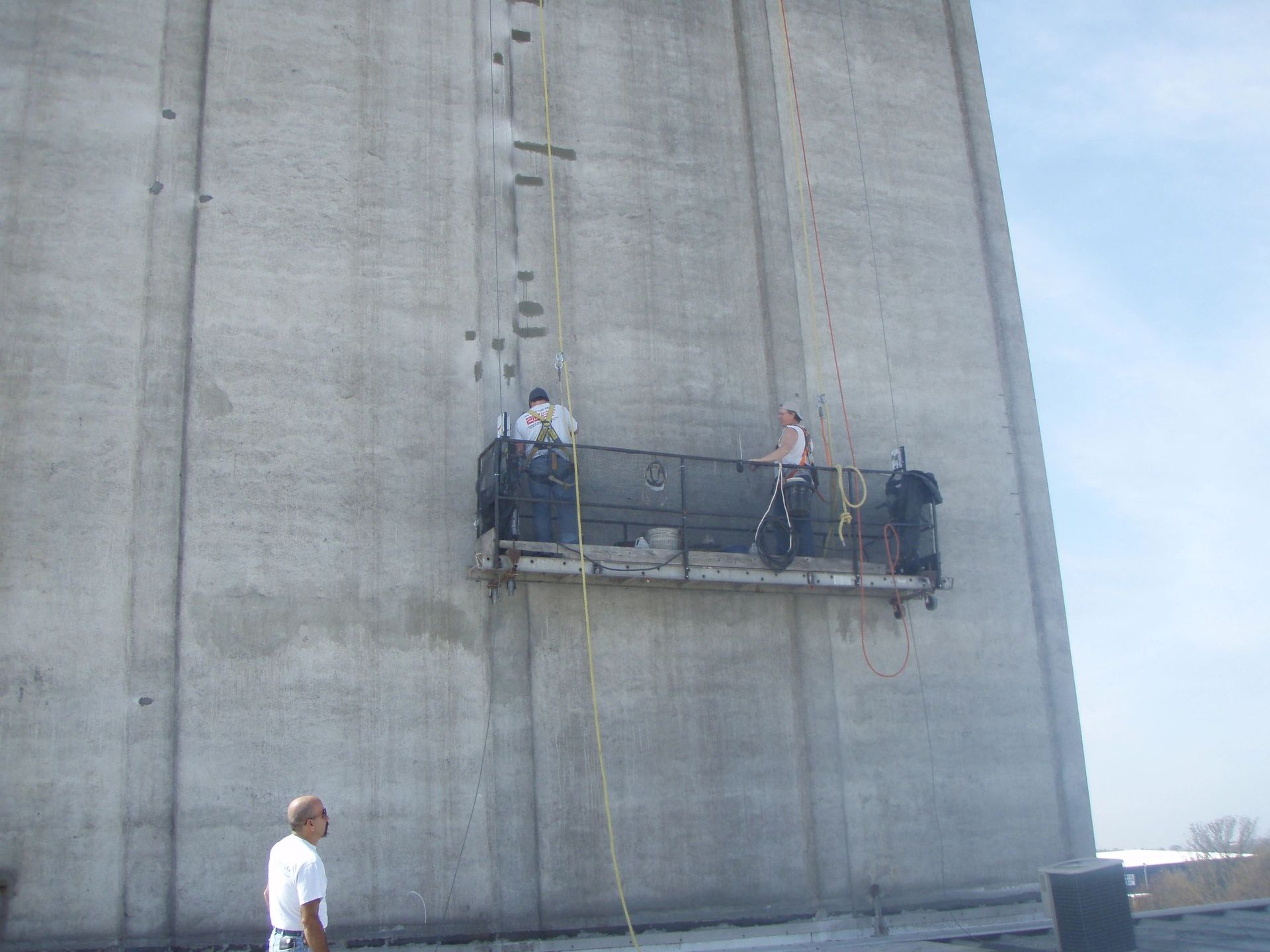
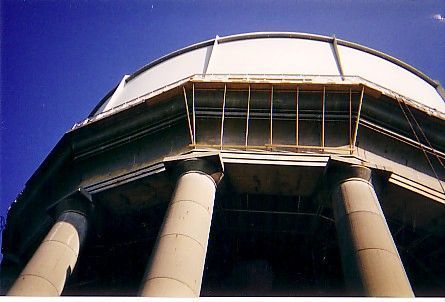
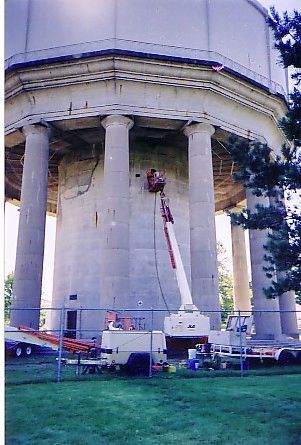
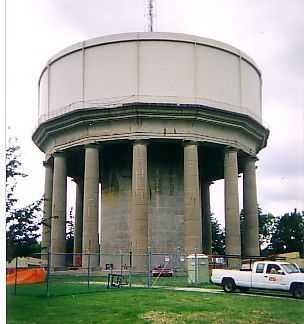
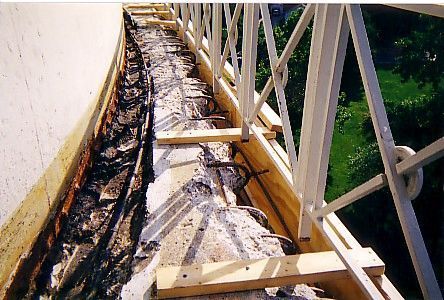

Share On: